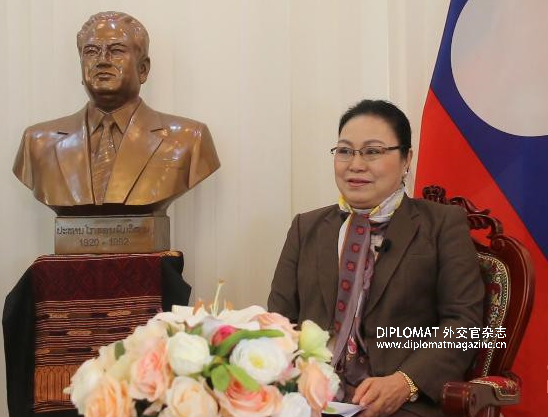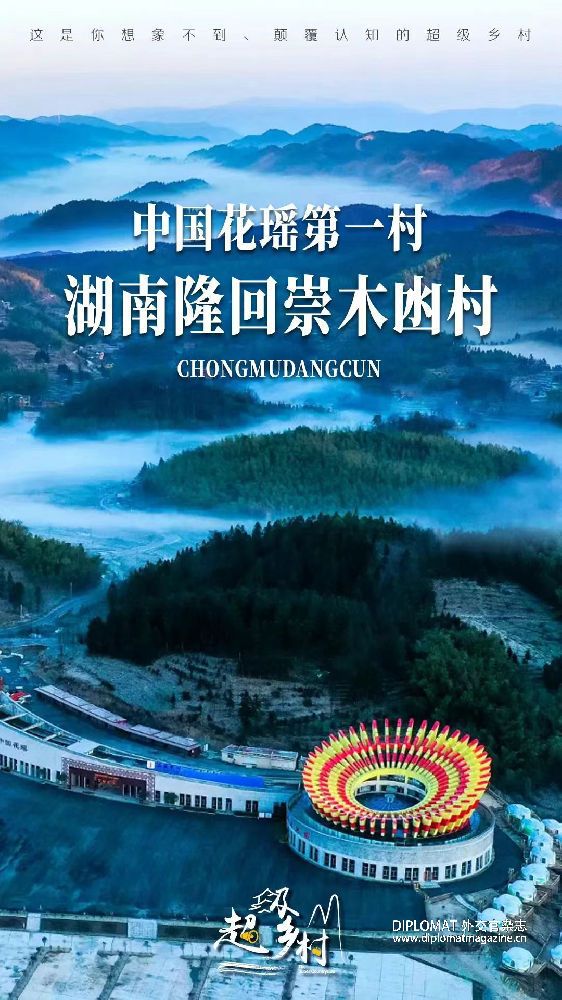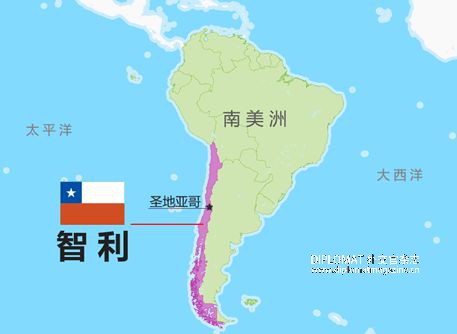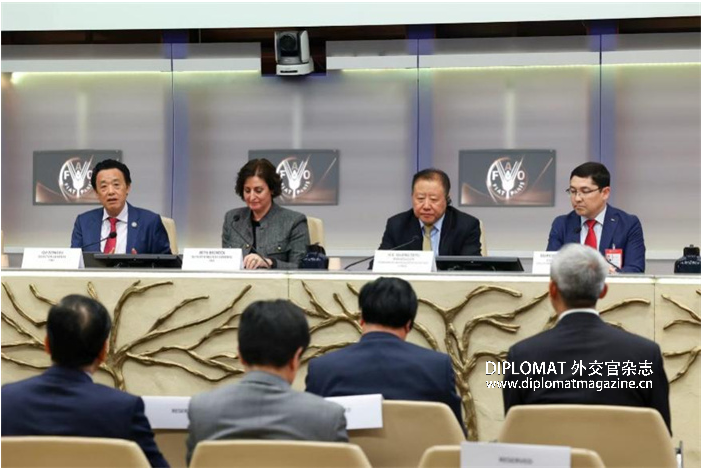导语:By:Mr Shavkat Alimbekov (Leading Researcher, International Institute for Central Asia)
At the invitation of the President of the People's Republic of China, Xi Jinping, the President of Uzbekistan, Shavkat Mirziyoyev, will visit China on 18-19 May this year to attend the first Summit of Heads of States of Central Asia and China.
The forthcoming summit in the historic city of Xi'an has a landmark significance for the development of relations between Central Asian states and China. The major event stands out as the first time China is hosting the summit, and the first time since the establishment of diplomatic relations 31 years ago that the heads of state of the six countries are meeting in person. The forum will outline a new plan for the development of mutually beneficial relations for the future and open a new era of cooperation.
The event is expected to deepen strategic mutual trust between China and the countries of the region, which are friendly neighbors and strategic partners.
During the summit, the heads of six states will consider the development of relations between the Central Asian countries and China, exchange views on the development of the Central Asia - China mechanism, cooperation in various areas of mutual interest. There are also plans to sign a solid package of documents.
For many years, Uzbekistan and China have been successfully building bilateral mutually beneficial cooperation, which has acquired a dynamic, multidimensional and long-term character.
Owing to the efforts of the two leaders, relations between Uzbekistan and China have reached a high level of interaction, while the comprehensive strategic partnership has been enhancing economic ties in the new era.
Since 2011, most-favored-nation treatment has been established in mutual trade. In 2022, trade turnover between Uzbekistan and China for the first time reached $9 billion, having increased by 20% compared with 2021. In the first quarter of this year, China became Uzbekistan's main trade partner, with a total trade volume of $2.3 billion.
Special attention is paid to development of investment cooperation between the two countries. The total volume of absorbed Chinese investments in 2017-2022 amounted to about $11 billion, of which $2.2 billion only in 2022.
There are 2,141 enterprises with Chinese investment in Uzbekistan, including 275 established in 2022, of which the largest are Huawei, ZTE, Wenzhou Jinsheng Trading, JV Peng Sheng, Sinotruk, HengBang Textile Central Asia.
Over the years of cooperation, a number of large and important investment projects have been implemented in agriculture, water resources, power, textile, engineering and transport sectors.
Bilateral relations with Chinese government financial institutions, such as the Export-Import Bank and the Development Bank of China, are actively developing. Since 2009, the aggregate amount of loans from these financial institutions for 862 projects has totaled $3.4 billion.
It is noteworthy that in January 2023 UzAuto and BYD reached an agreement on creation of a joint venture in Uzbekistan for production and sale of vehicles on new energy sources - BYD Uzbekistan Factory. This is the first joint venture of the Chinese giant electric car manufacturer outside the PRC.
Cooperation in cultural and humanitarian sphere has been developing intensively, with education being one of the important areas. Uzbekistan currently has two Confucius Institutes in Tashkent and Samarkand. It is deeply symbolic that the Tashkent branch was the first Confucius Institute in Central Asia.
In turn, leading Chinese educational institutions, the PRC's Central University of Nationalities and Peking University, have opened Uzbek language departments.
Artists from both countries actively participate in various joint exhibitions and cultural events held in Uzbekistan and China. Chinese artists regularly take part in the Sharq Taronalari international music festival held every two years in Samarkand.
Days of Chinese culture, cinema, art exhibitions and festivals aimed at enhancing mutual cultural dialogue are held in our country.
President Shavkat Mirziyoyev's far-sighted policy has contributed to strengthening ties with the closest neighbors in the region, which has directly created a belt of friendship and prosperity, security and stability around Uzbekistan. In a fairly short period of time, Uzbekistan has managed to focus its foreign policy on mutually beneficial relations with the countries of the region and to enhance the image of the state on the international arena.
This transformation of Central Asia has aroused China's deep interest in the region. As Chinese President Xi Jinping pointed out, "Uzbekistan is a major power at the heart of Central Asia".
According to EBRD forecasts, in 2023 and 2024, the GDP of Central Asian countries will grow by an average of 4.9% and 5.4%, respectively. This is the highest in the regions in which the bank has a presence.
As well as increasing the size of the economies, foreign trade in Central Asia is also growing. This figure has doubled in the last 6 years alone, reaching $200 billion in 2022.
At the same time, the region's interconnected market is becoming the most attractive for major investors. Foreign direct investment in the region has increased by 45%, reaching $40 billion in 2022.
It should be noted that the development of Uzbekistan-China relations in the “Central Asia + China” format, where Uzbekistan advocates the joint implementation with China of long-term and mutually beneficial projects in the region, is wholly in the interests of all countries.
These projects will undoubtedly contribute to ensuring sustainable socio-economic development, integration of the region's countries into the system of global economy and transport and logistics corridors.
By 2022, the volume of trade between China and Central Asian countries has increased more than 100 times since the early 1990s. At the end of 2022, China increased its trade with Central Asian countries to $70.2 billion.
China is one of the main sources of direct investment in Central Asian economies, amounting to almost $15 billion by the end of 2022.
Chinese capital, combined with new technologies and better solutions in agriculture, water management, industry, engineering, transport and other sectors, is of particular importance to the Central Asian countries.
At the same time, the cooperation between Tashkent and Beijing within the framework of the “One Belt, One Road” initiative should be emphasized. Over the past 10 years, notable progress has been made in building international corridors and economic cooperation routes.
From 2013 to 2022, trade in goods between China and countries along the Belt and Road has doubled from over $1.04 trillion to over $2.07 trillion, with an average annual growth rate of 8%.
From 2013 to 2022, bilateral investments between China and countries along the route amounted to more than $270 billion.
According to World Bank experts, the joint construction of the Belt and Road will lift some eight million people out of extreme poverty and 32 million people out of moderate poverty in countries along the route.
To that end, according to the World Bank, China has spent $240 billion to help 22 developing countries through the initiative.
The Asian Infrastructure Investment Bank, the Silk Road Fund, the Green Silk Road and the Digital Silk Road have been established, and work is underway to develop the Health Silk Road, Green Energy, Green Infrastructure and Green Finance.
This has made the Belt and Road Initiative a large-scale, representative and inclusive platform for international cooperation. The initiative is expanding production chains, helping to shift economic growth centers from the West to the East, and changing the geography of global trade flows.
At the upcoming summit, the six leaders will take stock of cooperation and launch new initiatives to firmly and effectively promote comprehensive cooperation between China and Central Asia and build a new model of mutually complementary and mutually beneficial cooperation.
The China-Central Asia Summit will give new impetus to the high-quality construction of the Belt and Road.
One of the key aspects of this cooperation is the development of the “Green Silk Road”, that is, the use of green development technologies, innovative solutions and advanced technologies to achieve environmental efficiency and sustainability.
China is now entering a period of rapid green technological development, as most reputable experts acknowledge.
The Chinese government has made green development one of its priorities, with the main goal of achieving carbon neutrality by 2060. At its core is Chinese President Xi Jinping's vision of an "Ecological Civilization" of China, aimed at balanced and sustainable development and harmonious coexistence between human beings and nature.
China's Carbon Reduction Action Plan 2022-2030 aims to: 1) transition to green and low-carbon energy; 2) promote clean and low-carbon transport; 3) support innovative solutions for green and low-carbon technologies; 4) promote green and low-carbon lifestyles across the country.
China has actively implemented programs to protect and restore green belts and forests. As a result, the forest area has increased to 24% (it was 12% in 1980) and the volume of the forest fund has reached 19.5 billion cubic meters.
A striking example of afforestation to prevent desertification is the Saihanba National Forest Park (Hebei Province, northern China), which has been transformed from a desert area into an oasis. As a result, the ecological situation in the Beijing-Tianjin-Hebei region has improved.
It is important to point out that the PRC has taken environmental standards into account in its urbanization process, adhering to the principle of environmental conservation. For example, from 2012 to 2021 the greening area of Chinese cities has increased from 39% to 42%, and the area of parks per capita has increased from 11.8 sq m to 14.7 sq m.
Much attention is being paid to the development of eco-agriculture and rural tourism. By 2025 it is also planned to reduce the use of pesticides in fruit, vegetable and tea cultivation by 10% and in rice, wheat and maize cultivation by 5%.
Over the past 40 years, China's hydropower industry has grown 20-fold, reaching more than 370 GW of capacity. At the same time, the total capacity of renewable energy sources amounted to more than 1,000 GW, or 44.8% of China's total capacity.
The green transformation in China involves an active transition to electric transport. According to statistics, while 13 thousand electric cars were sold in 2012, in 2022 their number in China will be about 5.9 million (59% of the total number in the world).
Over the last 7 years, China has been the world leader in production and sales of electric vehicles. China accounts for about 99% of electric bus production in the world.
At the same time, China has significantly increased investment in scientific and technological innovation. Aggregate R&D spending has grown from $145 million in 2012 to $406 million in 2021.
Today, the development of green technologies is seen in Uzbekistan as an important direction of sustainable and ecological growth of the country's green economy. Similar approaches are being applied in the countries of the region.
Given China's tremendous experience in this area, Central Asian countries would benefit from practical cooperation on green development through the application of renewable energy sources such as solar and wind energy, energy efficient technologies, waste management systems and other measures aimed at protecting the environment.
Overall, taking into account China's best practices in green transformation, the adoption of a Joint Cooperation Program between Central Asian and Chinese countries under the Green Silk Road Initiative is being considered.
This will help to create an environment that is conducive to investment, technology transfer and knowledge transfer, contributing to green growth and limiting the negative impacts of climate change.
In general, cooperation between the Central Asian countries and China on green development will be a powerful catalyst for sharing best practices and establishing cooperation to create a future of sustainable green development in the region.
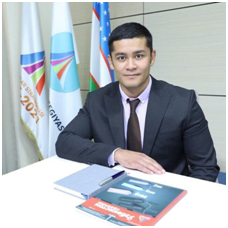
By:Shavkat Alimbekov
Leading Researcher, International Institute for Central Asia



